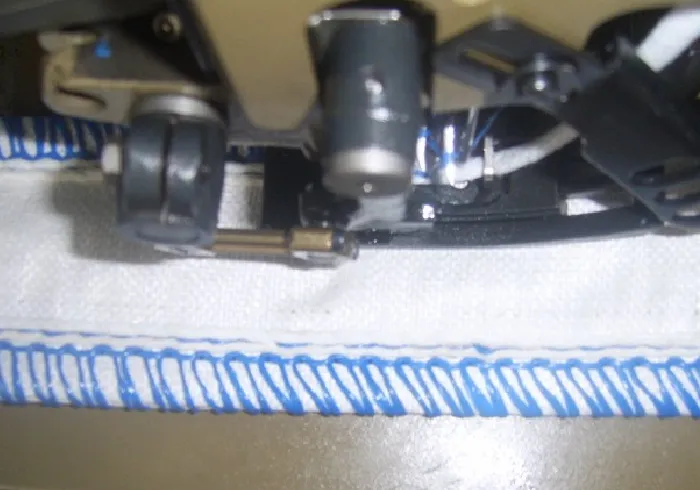what's the difference between an overlocker and a serger
Understanding the Difference Between an Overlocker and a Sergers
When delving into the world of sewing and garment construction, the terms overlocker and serger often arise. Many sewists might find themselves confused about whether these terms refer to the same type of machine or if there are distinct differences. In essence, the confusion stems from the fact that both machines perform similar functions. However, there are subtle variations in terminology and usage, depending on geographical location.
An overlocker is a term primarily used in the UK, Australia, and various other parts of the world. This type of machine is designed to trim, stitch, and overlock the raw edges of fabric, which helps prevent fraying. It commonly uses multiple threads—often three or four—to create a durable and elastic seam finish, making it ideal for knits and stretch fabrics. Overlockers can also perform a variety of stitches, including a flatlock stitch, rolled hem, and various other decorative finishes. They operate at high speeds, allowing for faster sewing, which is particularly beneficial for professional seamstresses and tailors.
On the other hand, the term serger is widely used in the United States. While a serger offers similar functionalities to an overlocker, it’s essential to note that “serging” specifically refers to the action of sewing with a serger or overlocker. Like its counterpart, a serger trims, stitches, and overlocks edges, ensuring that seams are clean and finished. In the U.S., sergers often focus on making the sewing process more efficient, operating at high speeds while providing versatility in stitch options.
what's the difference between an overlocker and a serger

Although both machines serve a similar purpose, there can be minor differences in features and capabilities based on the model and brand. For instance, some sergers come with advanced features such as differential feed, which allows for better handling of various fabric types by adjusting the feed dogs. This can be particularly useful when working with delicate fabric like chiffon or thicker materials like fleece. Overlockers, conversely, might prioritize simplicity and ease of use, catering to hobbyists who enjoy basic garment construction.
Another point of consideration is the number of threads used. While most standard overlockers and sergers use three to four threads, some high-end models can accommodate up to eight threads, expanding the variety of stitches and finishes achievable. This feature can be a game-changer for those looking to create layered or embellished finishes in their projects.
Ultimately, whether you refer to the machine as an overlocker or a serger largely depends on your location and terminology preferences. Both types of machines play an essential role in modern sewing, particularly for those who frequently work with knit fabrics or wish to achieve a professional finish on their projects. When selecting a machine, it’s crucial to consider your specific sewing needs and the types of fabrics you typically use.
In conclusion, while overlockers and sergers are often seen as interchangeable, understanding their nuanced differences can help sewists make informed decisions about the equipment best suited to their sewing style and projects. Investing in either machine can significantly enhance the quality of your sewing, providing seamless edges and beautifully finished garments.
-
Heavy Duty Leather Sewing Machine: A Must-Have for Professional LeatherworkNewsMay.28,2025
-
Leather Sewing Machine: Essential for High-Quality LeathercraftNewsMay.28,2025
-
Extra Heavy Duty Sewing Machine for Premium Leather ApplicationsNewsMay.28,2025
-
Walking Foot Cylinder Arm Sewing Machine: Precision and Power CombinedNewsMay.28,2025
-
Industrial Cylinder Arm Sewing Machine: Engineered for High-Performance StitchingNewsMay.28,2025
-
Cylinder Bed Sewing Machine: A Powerful Solution for Precision StitchingNewsMay.28,2025
-
Zigzag Sewing MachineNewsMay.12,2025





























